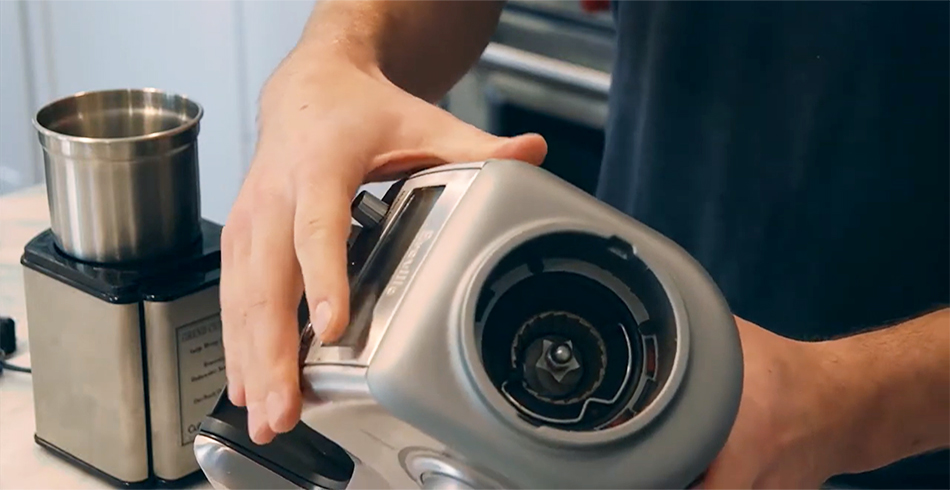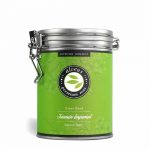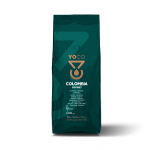Grinding coffee properly is essential for extracting the best flavors from the beans. The size of the coffee particles plays a significant role in this process. Finer grinds lead to faster extraction, while coarser grinds slow it down. If the grind size is inconsistent – meaning there are both fine and coarse particles in the mix – the resulting cup may taste uneven, with some flavors over-extracted and others under-extracted. This imbalance can negatively affect the overall drinking experience. The goal is to achieve a uniform grind, where all particles are similar in size, ensuring even extraction and a balanced cup of coffee that highlights the rich flavors of the beans.
How Blade and Burr Grinders Work
To illustrate the differences between these two types of grinders, consider the analogy of cutting potatoes. A blade grinder operates like chopping potatoes randomly with a knife – some pieces may end up small, but there’s no guarantee they will all be the same size. This results in a mix of unevenly sized potato pieces, leading to varied cooking times and textures. In contrast, a burr grinder uses two discs or cones that work closely together, allowing for precise grinding that produces uniform coffee particles. This consistency is key to a reliable grind, as it ensures that all the particles are the same size, leading to even extraction during the brewing process. The mechanical design of burr grinders also helps prevent overheating, which can negatively impact flavor.

Addressing Grind Inconsistencies
There are ways to improve the consistency of grinds from a blade grinder, such as using sieves to separate finer particles from coarser ones. However, these methods can be time-consuming and often lead to wasting a portion of the ground coffee – usually around 10% to 20%. This can be frustrating for coffee lovers who want to maximize their beans’ potential. Burr grinders, on the other hand, minimize waste by producing a uniform grind from the beginning. This means less time spent on additional steps and more efficiency overall, making burr grinders a more practical choice for those who value quality in their coffee preparation.
Key Features of Burr Grinders
When selecting a burr grinder, several factors should be considered. One important aspect is the material of the burrs, which can be ceramic or stainless steel. Ceramic burrs tend to last longer but may struggle with finer grinds and are more prone to chipping if foreign objects get mixed in. This can be a concern for users who are not meticulous about checking their beans. Stainless steel burrs are sharp initially but wear down faster, requiring more frequent replacements. However, their initial sharpness makes them effective for fine grinds needed for espresso and other specialty brews.
Another factor is the shape of the burrs. Flat burrs produce a more consistent grind but tend to be pricier. They are often preferred in commercial settings where precision is critical. Conical burrs, while more affordable, create less friction and operate more quietly. If noise is a concern – especially in the mornings when you may not want to disturb others – a manual grinder with conical burrs may be the best choice, allowing for a quieter grinding experience without sacrificing quality.
Other Considerations in Grinder Selection
In addition to burr material and shape, the size of the grinder matters. Grinders with larger burrs can grind coffee more quickly, but they are bulkier and usually more expensive. For those who brew small amounts of coffee, a smaller grinder might be more practical and cost-effective, saving space on your countertop. There’s also a difference between stepped and stepless grinders. A stepped grinder allows for fixed increments of grind size adjustments, which can be sufficient for many brewing methods. On the other hand, a stepless grinder offers more precise, gradual changes, which can be particularly beneficial for espresso, where small adjustments can significantly impact the extraction and flavor.
Conclusion
When it comes to selecting a coffee grinder, burr grinders stand out as the preferred option for those who prioritize quality. Their ability to produce a consistent grind is essential for even extraction, greatly influencing the flavor of the coffee. While blade grinders may be more affordable, their inconsistency can lead to subpar results that can be disappointing for coffee enthusiasts. For anyone serious about their coffee, investing in a burr grinder is a wise decision, enhancing both the taste and control over the brewing process, whether for drip coffee or espresso. The improved consistency and efficiency offered by burr grinders make them a valuable addition to any coffee lover’s toolkit.




